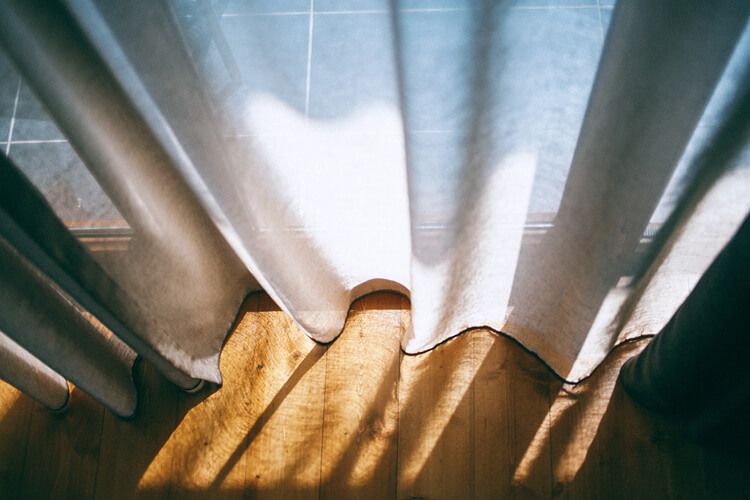When Should You Test For Mold?
It is time to test for mold if you are having persistant health problems without a known cause or smelling unknown things. Chances are, molds are already dominating your living space.
How do you test for mold in your home?
-
Visual Inspection
Because mold cannot live without moisture, sources of moisture should be one of the focal points of your investigation. Have a thorough visual inspection of your structure. This includes the attic, crawl spaces and basement.
-
Examine the heating, ventilation and air conditioning systems
Check out the moisture content of floors, walls and ceilings. Look beneath surfaces and all water-damaged areas. This can be made easier by using a non-invasive moisture meter.
Test the humidity in the indoor air, using a calibrated meter. -
Specimen Collection
A mold inspector does this kind of mold testing. The training they have will ensure that, throughout this portion of the inspection, there is consistency in collection protocols. In the process, minimizing the possibility of sample contamination.
The specialized equipment used for mold testing allows them to collect specimens from:
-
Indoor air
Primarily, these samples test and determine airborne mold spore counts. Proximate outdoor air is also tested. In special cases where the species of mold needs to be identified, a collection plate with a growth medium is placed in a viable impactor, or microbial particle sampler, in which one hour of spore settling time is replicated in five minutes.
-
Wall interior air
Moisture meter readings of an elevated moisture content of the wall material make it a candidate for this type of testing. The paper covering, drywall, is vulnerable to consumption from mold growth. Air sampling pumps set at 15 liters per minute, draw air from the wall cavity for two minutes and for a total of 30 liters.
-
Carpeting
Carpet samples are collected with a system developed as a sampling and analysis technology for the enumeration and identification of both total and viable fungal spores in dust. The system involves sweeping carpeting with a vacuum. The collected dust can be analyzed for total and viable fungal spores, as well as allergens.
-
Small pieces of contaminated material
Sometimes it is necessary to remove and test a small portion of the material affected. These are collected without marring appearances, whenever possible.
-
Water from drain pans or cooling towers
This will be an indicator if there is mold contamination in the immediate water source or if it is from the main source.
What Do I Do with My Collected Mold Samples?
After the collection procedure is accomplished, the right samples should be microscopically examined by a certified laboratory, allowing testing of the kind of mold sampled.
This is necessary because unmagnified appearances may not be reliable indicators. Certain colors may suggest the presence of a toxic mold. For example, the purple and green sheen sometimes associated with Stachybotrys. Note that many varieties may not always exhibit the same colors.
Black mold, white mold, green mold and any other kinds all require scrutiny along with scientific methodology to ascertain if the sampled mold is a genus known to produce mycotoxins.
If you are budget wise and conscious of the money spent on mold testing, don’t be alarmed. You only pay an analysis fee for the samples sent to the laboratory. There is no charge for those not sent.
Those that are not sent would be placed in a special culturing area. Their mold growth progress will be noted visually and documented to serve as reference for any future mold problems.
For the mold samples to be tested in the laboratory, a “chain of custody” form should be completed by the mold inspector. The specimen media will then be carefully be packaged and sent.
Three days after the laboratory receives the samples, the microscopy technician will send a written report about the findings and results of the testing done. This report will be immediately forwarded to you.
Having finished the testing, you will then know for sure if you have mold growing in your home. You can then take the necessary steps needed in removing them.


13 comments